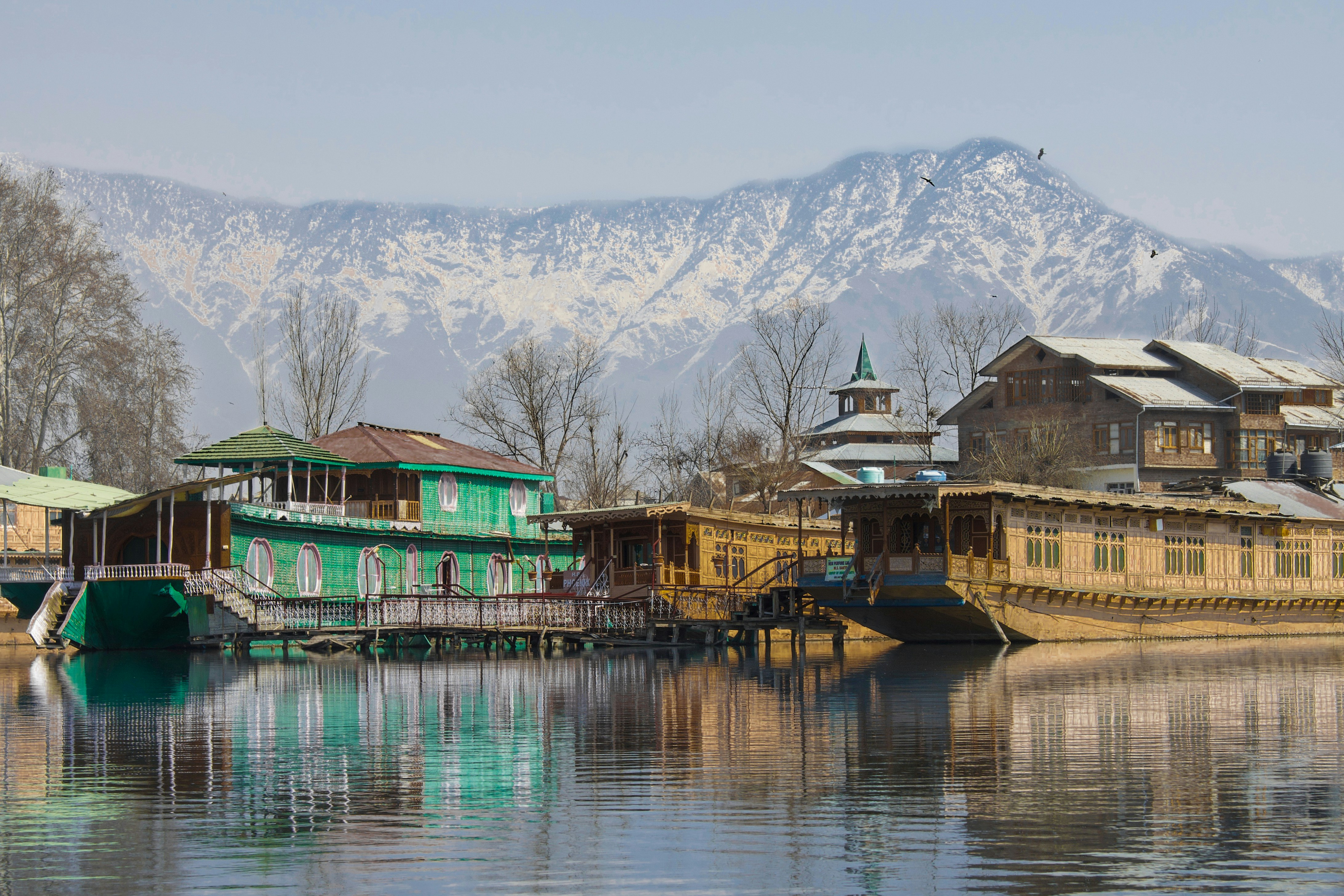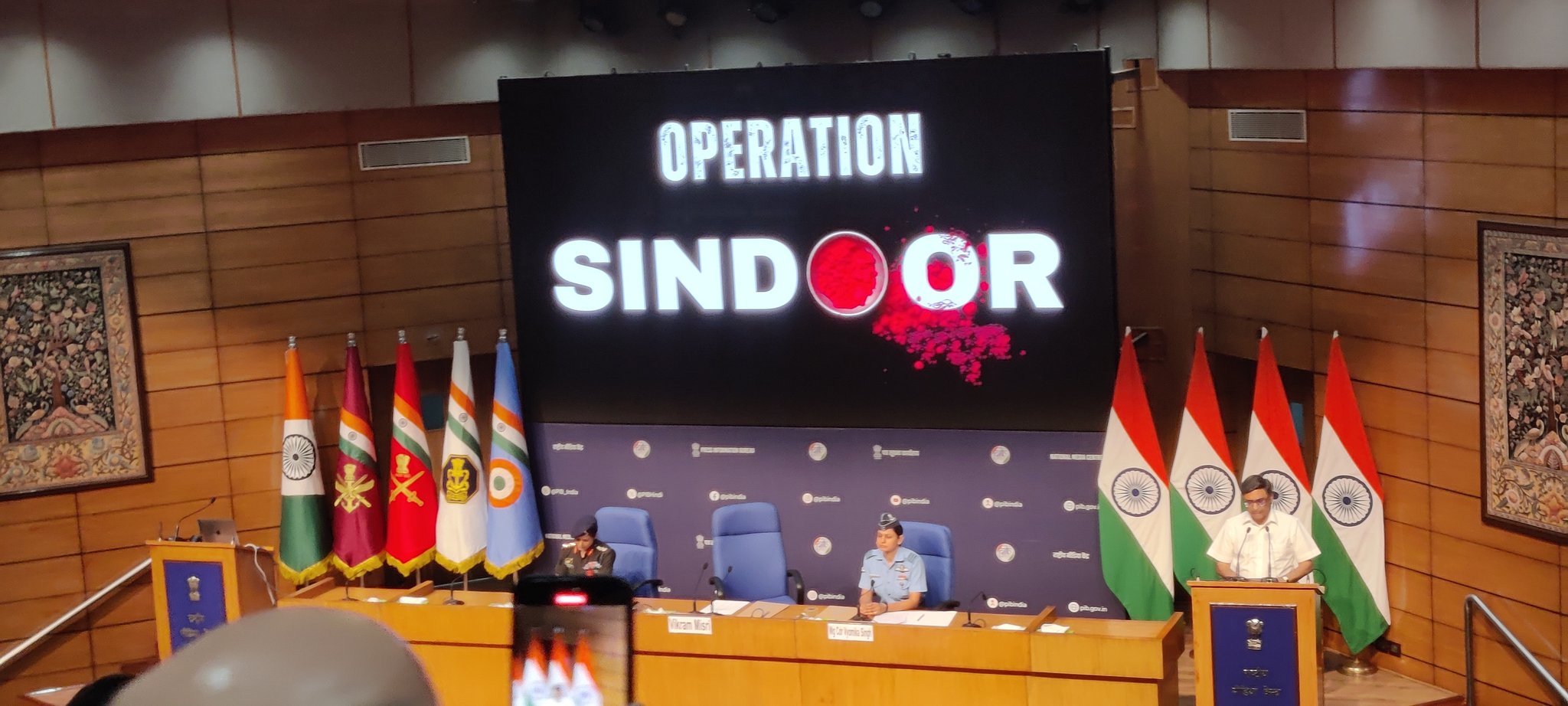India-Pakistan Tensions Flare in Kashmir as Military Clashes Spark Information War

NEW YORK – Kashmir, a Himalayan region bitterly contested by nuclear-armed neighbors India and Pakistan since 1947, has again erupted into intense military conflict following a deadly terrorist attack. The latest escalation, triggered by the massacre of 26 Hindu tourists on April 22, 2025, in Pahalgam, a popular destination in Indian-administered Kashmir, marks one of the most serious breaches of Pakistani territory since the 1971 war.
The terrorist attack involved militants explicitly targeting Hindu tourists, executing them after verifying their religious identities. India quickly attributed responsibility for the attack to Pakistan-based terrorist organizations, prompting immediate denials from Islamabad.
India responded to the attack first by suspending the Indus Water Treaty with "Operation Sindoor," executing precise military strikes on seven locations beyond Kashmir within Pakistan, including Bahawalpur, Muridke, Tehra Kalan, Sialkot, Bhimber, Kotli, and Muzaffarabad. These strikes were characterized by New Delhi as targeted operations against known terrorist camps and explicitly designed to be non-escalatory. Despite India's claims of restraint, Pakistan is now reporting 26 civilian deaths and multiple injuries, with casualties expected to rise. The Prime Minister of Pakistan called the actions an "act of war" and promised retaliation.
The nomenclature selected by India for its military undertaking targeting Pakistan exhibits a pronounced degree of religious symbolism. "Operation Sindoor" alludes to the vermilion powder, a crimson pigment traditionally applied by married Hindu women to their foreheads. The terrorist attack in Pahalgam resulted in a significant number of women being widowed. Subsequent to the incident, an image depicting a woman in proximity to the deceased body of her husband gained widespread dissemination across various media platforms, quickly becoming a symbol of the event. High ranking Indian officials have disseminated an image on X representing the operation's designation, and it is currently featured in a briefing on the matter.
In the immediate aftermath, the situation became increasingly obscured by misinformation. The information environment rapidly filled with propaganda from both sides, including recycled footage from previous conflicts and misleading narratives amplified across social media. This digital misinformation heightened public tensions and exacerbated the risk of broader conflict escalation. Pakistani Defense Minister Khawaja Muhammad Asif claimed on Bloomberg Television that five Indian fighter jets had been shot down, and that several Indian soldiers had been taken prisoner. However, these claims were later walked back to local media. There was at least one verified plane crash in the village of Wuyan, 19 kilometers to the southeast of Srinagar, the hub of Indian-administered Kashmir.
Both nations remain locked in a precarious standoff. Although history shows both nations typically exercise restraint to avoid nuclear conflict, analysts warn that the current intensity, combined with rampant misinformation, significantly raises the stakes.
International efforts to mediate, including communications from U.S. Secretary of State Marco Rubio, have yet to yield substantial diplomatic results. Meanwhile, the local populations in Kashmir remain caught in a cycle of violence, propaganda, and geopolitical brinkmanship with little immediate relief in sight

